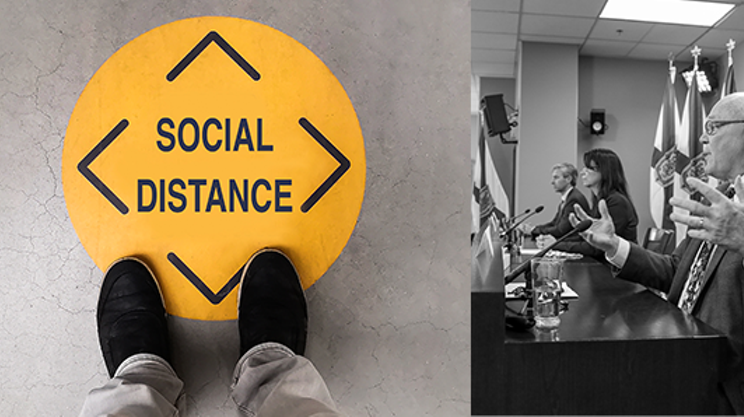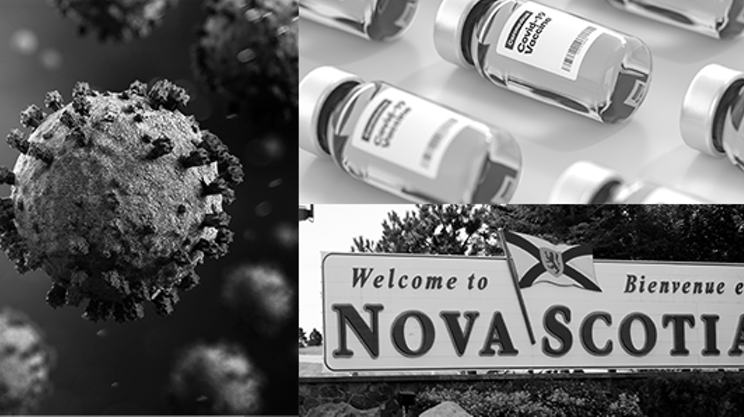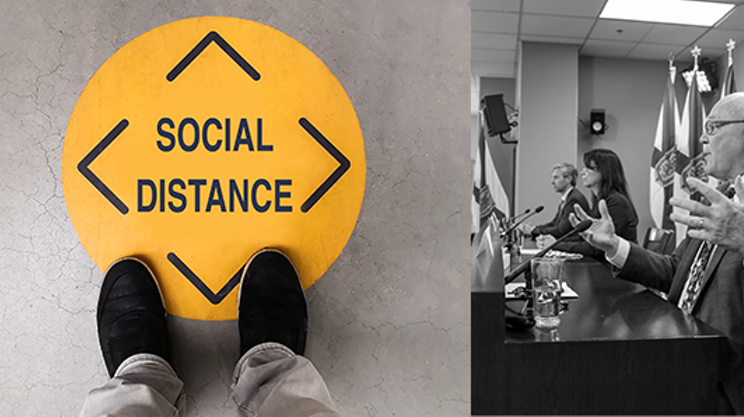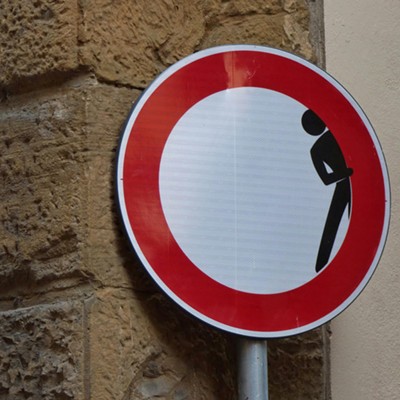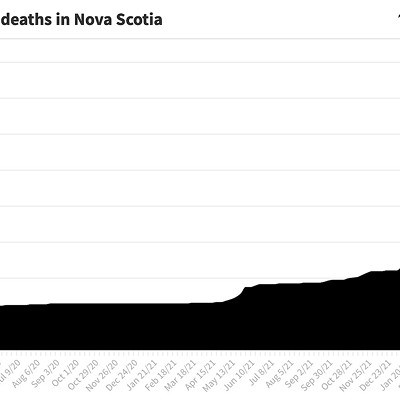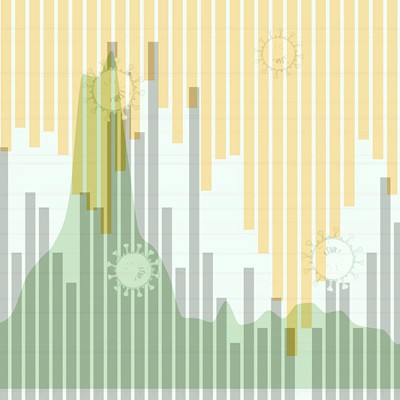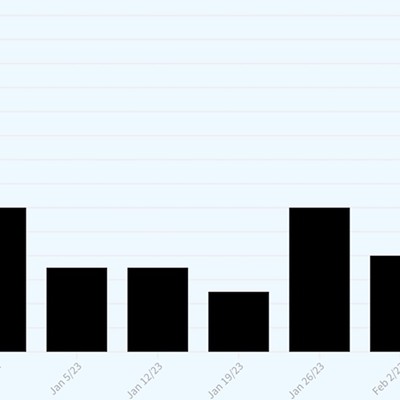Nova Scotia reaches 125 COVID deaths
For the third day in a row, the province is reporting deaths from COVID-19. This matches last week's three-day string, which had been the longest stretch of deadly days in a row in more than seven months, dating back to May 2021.
Last week a total of five people died across three straight days. This week, with the three deaths reported today, eight people have died in three days. Nova Scotia has now had 125 known COVID deaths, with more than 10 percent of those coming over the last 14 days, when the province announced 14 deaths in total, an average of one person per day.
All three people who died lived in the Central health authority zone. They were a man in his 60s, and a man and woman each in their 80s.
To go with this dismal news, the number of patients in a designated COVID hospital unit jumped from 73 yesterday to 83 today. However, the total number of COVID-related hospitalizations—see the hospitalization graph below—held steady from yesterday at 256. Finally, there were 527 new cases announced today, up from yesterday's 415 infections, for a caseload the province estimates at 5,374 active cases.
Hospitalizations during omicron
Early in 2022, Nova Scotia subtly shifted attention from new COVID cases to people actually in hospital with the disease, and as part of that shift started reporting the vaccination status of patients "receiving specialized care in a COVID-19 designated unit." On Jan 12—the day the bars on the following chart jump way up—the province added two more categories of hospitalized COVID patient to its daily reports. One is "people who were identified as positive upon arrival to hospital but were admitted for another medical reason or people who were admitted for COVID-19 but no longer require specialized care." (These patients are categorized as "Non-severe COVID case" on the chart.) The other category is category is "people who contracted COVID-19 after being admitted to hospital," as the province puts it, termed "Caught COVID in hospital" on the chart. You can filter categories in and out by clicking the labels near the top of the chart, but whatever numbers you are considering, the province points out it's "important to note that less than 10 percent of Nova Scotians are unvaccinated."
jump back to the top
Comparing active cases in the third and fourth waves
In December, the town of Antigonish became ground zero for an inter-provincial COVID outbreak due to a weekend of superspreader events connected to the annual presentation of X-Rings at St. Francis Xavier University. But how bad is the outbreak, really? The following chart lets you compare Nova Scotia's active cases, dating from the third wave in April through the fourth wave and its infection Xplosion, using case data from provincial pandemic reports. The chart will be updated when provincial reporting allows. Note: From Dec 10 through Dec 22, Nova Scotia was too overwhelmed by new COVID cases to report recoveries or an official active case count; the active case numbers on this graph for those dates have been calculated by adding each day's new cases to the last official active count, and are therefore a maximum active caseload. Starting Dec 23, the province is issuing an "estimated" number of active cases.
jump back to the top
New and active cases visualized
Nova Scotia's third wave of COVID grew in April, 2021, peaked in May (227 new cases in one day was the maximum) and subsided in June. On July 17, the province reached five active cases—its lowest level in more than eight months—and an election was called. So when it came time to reset The Coast's chart comparing daily new cases with that day’s active caseload, in order to better reflect disease levels after the third wave, we started from July 17. Two months later, on September 14, the province formally announced the arrival of the fourth wave of COVID. The dark purple line tracks the rise and fall of daily new infections reported by the province; the green area is the province's caseload. In mid-November, The Coast added a golden line to show the 7-day moving average of daily new cases, effectively a smoothed-out version of the purple line that puts the ups and downs into bigger context. Click or hover over any point on the graph and the detail for that moment will pop up. To focus on just some information, click the legend at the top left of the graph to hide or reveal that data set. Note: As of July 23, 2021, the province stopped updating case numbers on weekends. And you can click here for the version of this graph that includes the third wave and its May 10 crest of 1,655 active cases. Also, from Dec 10 through Dec 22, Nova Scotia was too overwhelmed by new COVID cases to report recoveries or an official active case count; the active case numbers on this graph for those dates have been calculated by adding each day's new cases to the last official active count, and are therefore a maximum active caseload. Starting Dec 23, the province is issuing an "estimated" number of active cases.
jump back to the top
Canadian cases 2021-22
There was a point in July 2021, when the delta variant was causing an increase in COVID infections around the world, that Canada seemed safe from the fourth wave. By August, however, that point had passed, and case numbers around the country started to rise again. This graph charts the number of new infections every day in each province and territory, using the 7-day moving average to mitigate single-day anomalies (including a lack of weekend reporting in several jurisdictions including British Columbia and Nova Scotia). To focus on individual places, click the place names at the top of the chart to turn that data on or off.
jump back to the top
Click here for yesterday's COVID-19 news roundup, for January 18, 2022.

